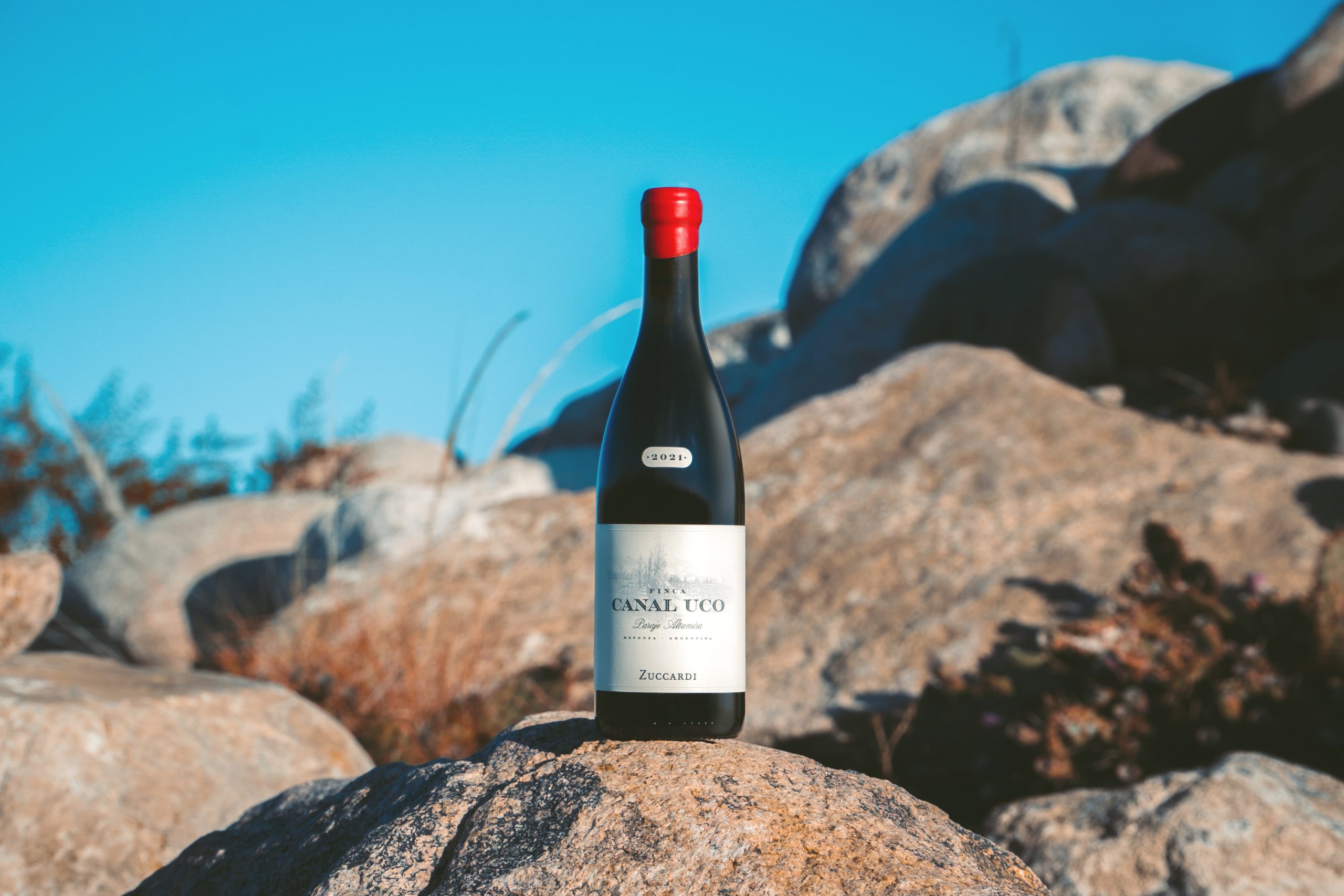Malbec becoming more ‘Michelangelo’
The discovery of limestone soils and the use of new winemaking techniques are turning Argentine wines from “Schwarzenegger” to “Michelangelo”, according to one international consultant.
The analogy was made by Italy’s Alberto Antonini, wine consultant and co-founder of the Altos Las Hormigas winery in Mendoza, when speaking at a Malbec masterclass in London last month.
“We were making heavy, rich wines that weren’t so drinkable, but now we are developing drinkability,” he began.
Continuing, he stated, “The whole world has been drinking Schwarzenegger wine from Argentina, but now there is a switch to Michelangelo – so still a nice body but not too much.”
He also said that the stylistic shift was “a bit of a risk” because Argentina has achieved its international vinous acclaim for powerful wines based on the Malbec grape.
However, he assured attendees of the masterclass that the response to a new lighter style of wine from Argentina “has been much better than what we were expecting, and sales are still very strong”.
The seminar included other speakers such as South American soil specialist Pedro Parra, who mentioned the growing interest in Argentine terroirs such as Gualtallary and Altamira.
“Gualtallary is very hot at the moment, like Altamira, because it is a very pure place to grow vines and you can get limestone,” he said.
Importantly, he noted that the discovery of limestone soils was important for lowering alcohol levels in Argentine wines.
“In 2007 we found limestone in Mendoza after years digging pits in the soil… and because of the porosity of the limestone we can push the alcohol level [downwards] so today we have 13%; you can’t do this if you have deep soils, so the limestone opens the door in terms of maturity and style.”
He also stated, “Mendoza used to be about clay, then it was about rocks and gravels, and today it is about limestone.”
Partner Content
Similar to Antonini, Parra recorded a positive market reaction to the move away from powerful, and alcoholic wines from Argentina.
“Even in the US, where you would think it would be harder to sell more mineral wines, we are doing well,” he said.
“The top 10 winemakers in Argentina are all doing this type of thing, going the same way, to take Argentina to the next level,” he added, referring to a move to lighter styles of wine.
Looking back, Antonini then stressed the importance of Argentina’s former, powerful Malbec-based wines. “We don’t look at the past as a mistake, and 15 years ago the wines were good, because without them we wouldn’t be where we are now: it was a stage, it was not wrong, and if I were to go back, I would do the same.”
Nevertheless, he said that it was important for Argentina to adapt its styles as well as develop regions and sub-regions to avoid the country becoming known for just a “big ocean of generic Malbec”.
“When I started Altos Las Hormigas people were asking me whether Argentina was a wine producing country,” he recorded.
“The only way was to do something simple and easy to understand, and the variety is that, but it is also superficial.
“No premium wines in the world speak about the variety, they speak about the place, so slowly we want to get rid of speaking about the Malbec and start speaking about the place; slowly we will do that.”
Finally, he commented, justifying the changes being made today, “If people think Argentina can only be an ocean of Malbec then we won’t go anywhere.”




